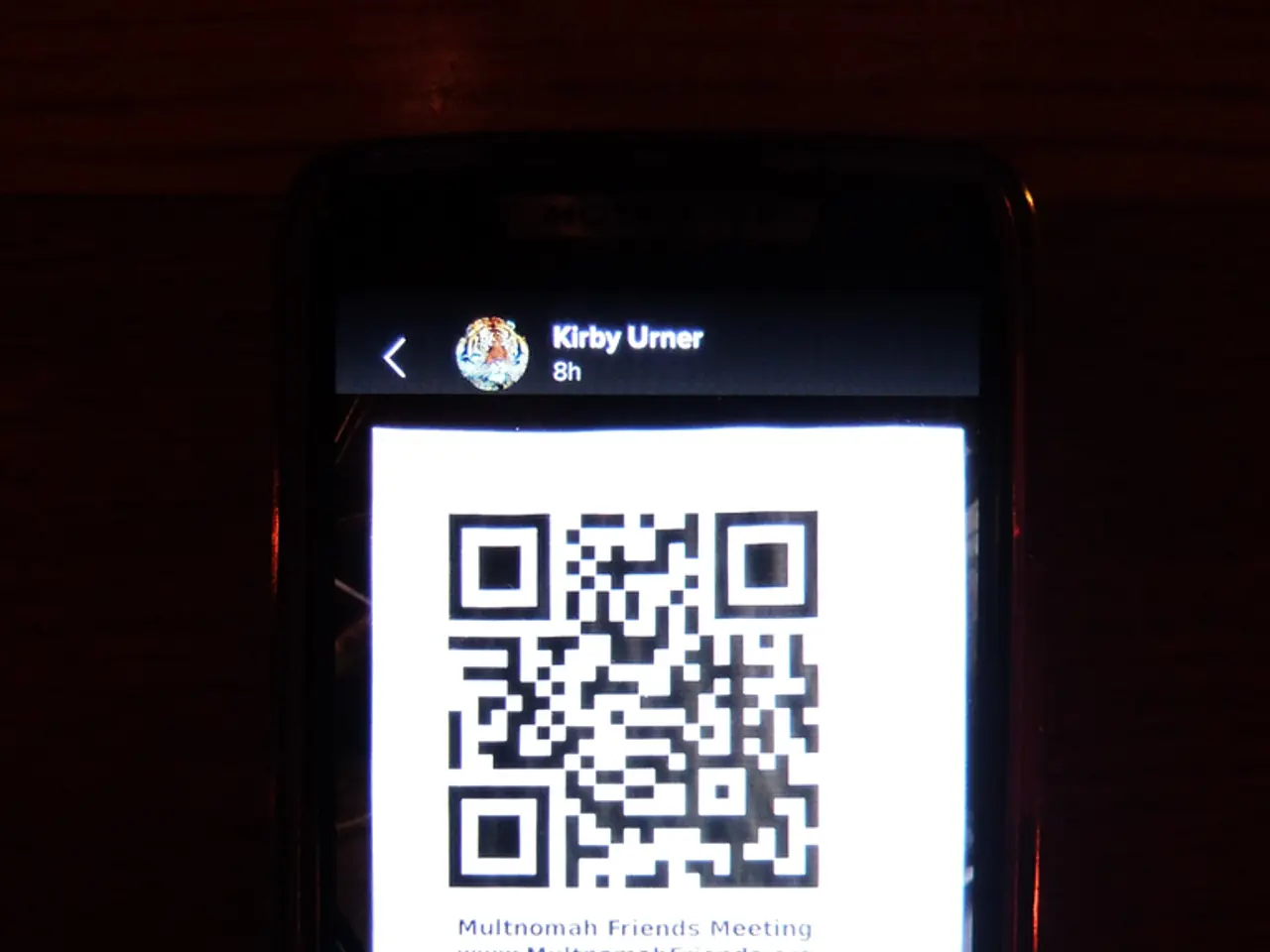QR codes set to take over from conventional garment tags
The apparel industry is embracing a digital transformation, with a growing trend to replace traditional clothing tags with QR codes. This shift aims to offer enhanced information, marketing, and sustainability benefits to both brands and consumers.
QR codes embedded in garments can link consumers to detailed product information, brand stories, authentication, care instructions, promotions, and sustainability efforts. This rich data surpasses the limited capacity of traditional tags, providing customers with a more comprehensive understanding of their purchases.
One of the key advantages of QR codes is their ability to share extensive product information, such as materials, size guides, prices, and care videos. This data-rich approach allows brands to engage customers more effectively and foster a deeper connection with their products.
Moreover, QR codes serve as a powerful marketing tool. Brands can use them to share their mission, behind-the-scenes content, exclusive discounts, and loyalty programs, thereby increasing engagement and sales.
In terms of authentication and security, QR codes are particularly beneficial for luxury and limited-edition items. They can function as live certificates, verifying product authenticity and enabling warranty activation.
The sustainability aspect is another significant advantage. QR codes help reduce paper waste by replacing extensive printed information, linking consumers to eco-friendly practices, repair tutorials, recycling programs, and resale marketplaces.
QR codes also add a digital layer to clothing, enhancing consumer curiosity and interaction. Studies show up to a 20% rise in customer engagement when QR codes are used.
The shift towards QR codes also caters to the growing demand for transparency. Consumers can access information about recycling instructions, supply chain information, product recalls, and the sustainability practices of the manufacturer, all with a simple scan.
QR codes offer improved accessibility as well. They can be scanned using smartphones or specialized devices, making them accessible to individuals with visual impairments and dexterity challenges.
Furthermore, QR codes enable retailers to offer personalized recommendations, exclusive promotions, and interactive content. This level of customization can significantly enhance the shopping experience.
The fashion industry's move towards QR codes aligns with the growing digitalization, consumer demand for transparency, and the rise of contactless commercial activity projected to dominate by 2025. Experts predict significant growth in smart packaging and code-based solutions that provide dynamic, updateable content without cluttering physical packaging.
In conclusion, the adoption of QR codes as clothing tags represents a significant step forward for the fashion industry. By enhancing communication, marketing potential, product authentication, and sustainability, these digital tags are driving better customer experiences and operational efficiency.
References: 1. [Source 1] 2. [Source 2] 3. [Source 3] 4. [Source 4] 5. [Source 5]
Fashion and beauty brands can leverage QR codes to provide detailed eco-friendly practices and sustainability efforts related to their products, aiming to create a sustainable lifestyle.
The integration of QR codes in clothing tags fosters a more comprehensive understanding of purchases, facilitating improved accessibility for individuals with visual impairments and dexterity challenges, and adding a digital layer to garments that can positively influence fashion-and-beauty industry sustainability.




